Ford Mustang Mach-E flexes its electric muscles
The Ford Mustang Mach-E is arguably the best Mustang yet – faster, more spacious, better equipped – and certainly a show of electric strength
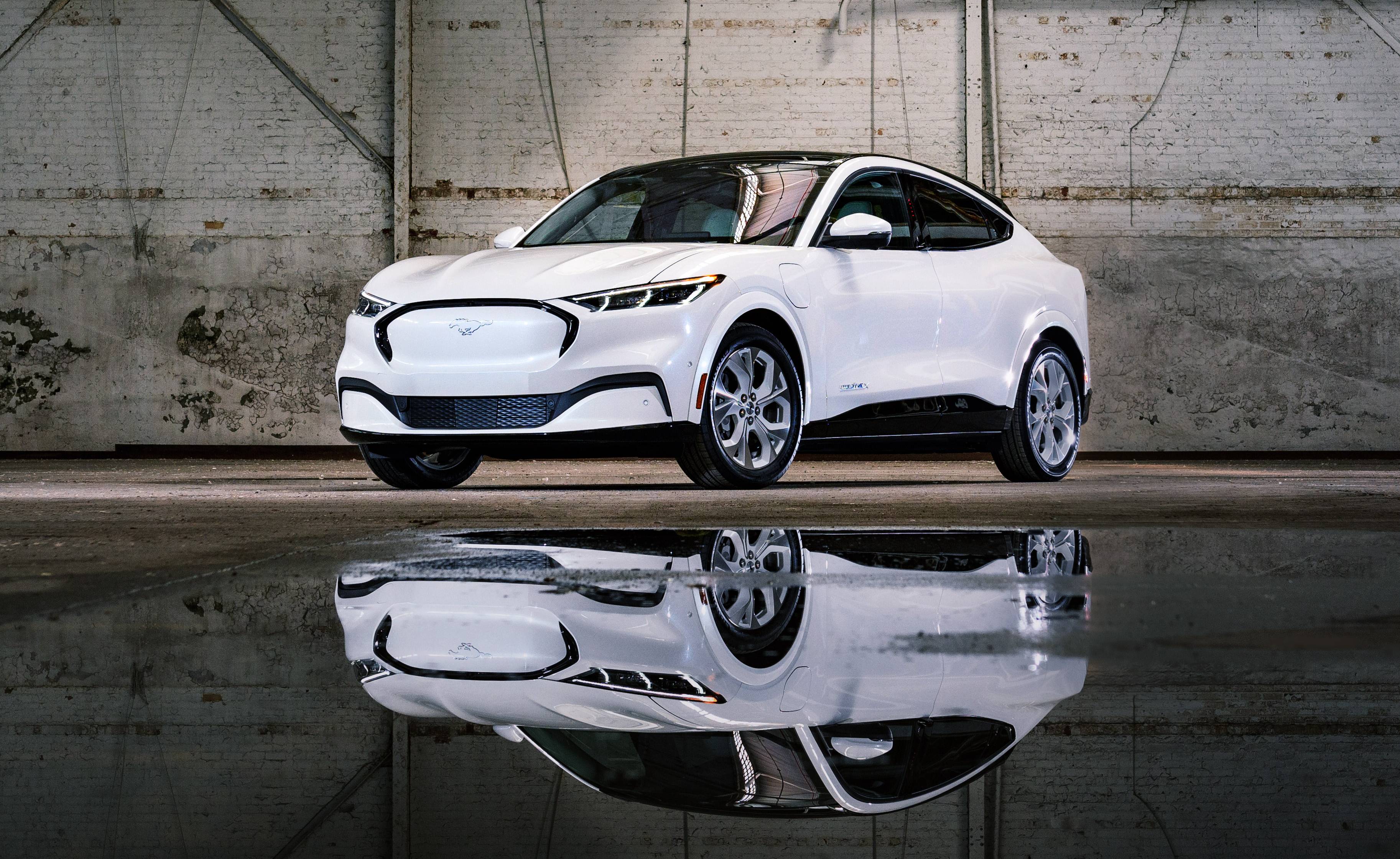
What is the state of Ford right now? As one of the most recognisable and reliable mass market automotive brands in the world, with a manufacturing presence in every global territory, the Blue Oval ought to be at the cutting edge of electrification. Yet scour the company’s various portals and brands and you’ll find that pure electric vehicles are in extremely short supply. Ford’s most recent dedicated EV is the Mustang Mach-E, a high-riding crossover that sets out to unravel and redirect a large chunk of auto history.
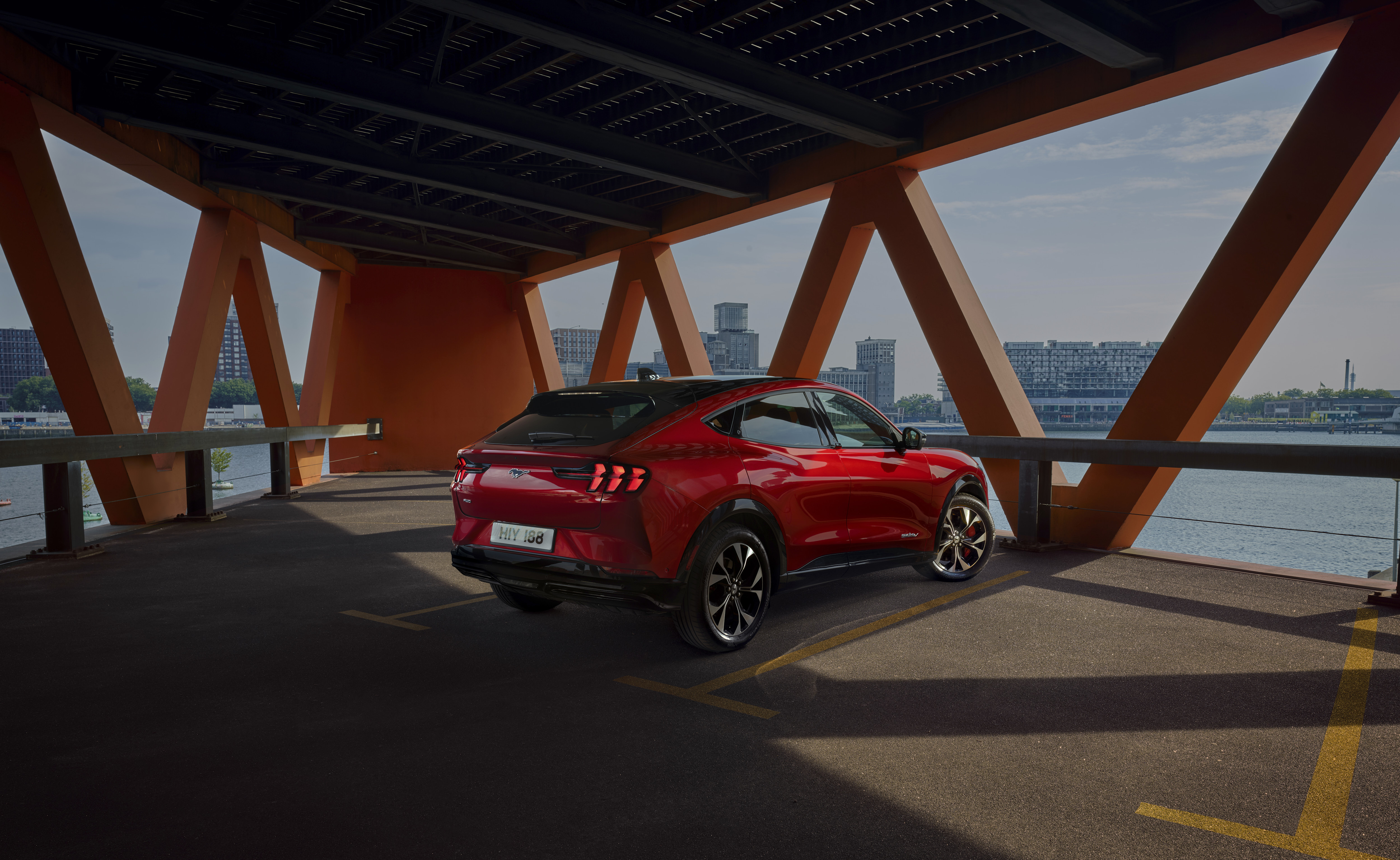
The Mach-E is billed as a Mustang. For generations, the Ford Mustang was the quintessential American sports car, affordable and good-looking. Introduced in 1965, it was a huge hit. It’s now in its sixth generation, and well over ten million Mustangs have been sold.
While the Mach-E proudly bears the Mustang name and logo, it’s far removed from the muscular two-door coupé and convertible original. European buyers can still get their hands on either the Mustang GT or what Ford calls the ‘track-capable’ Mustang Mach 1. These cars are brutish and loud and positively revel in their political incorrectness, which is probably why people still buy them. But the figures that matter tell a different story. A Mach 1 uses a 5.0-litre V8 to get to 62mph in 4.4 seconds. The forthcoming Mach-E GT does it in 3.7 seconds, with an infinitesimal fraction of the sound and fury.
Mustang Mach-E – best Mustang yet?
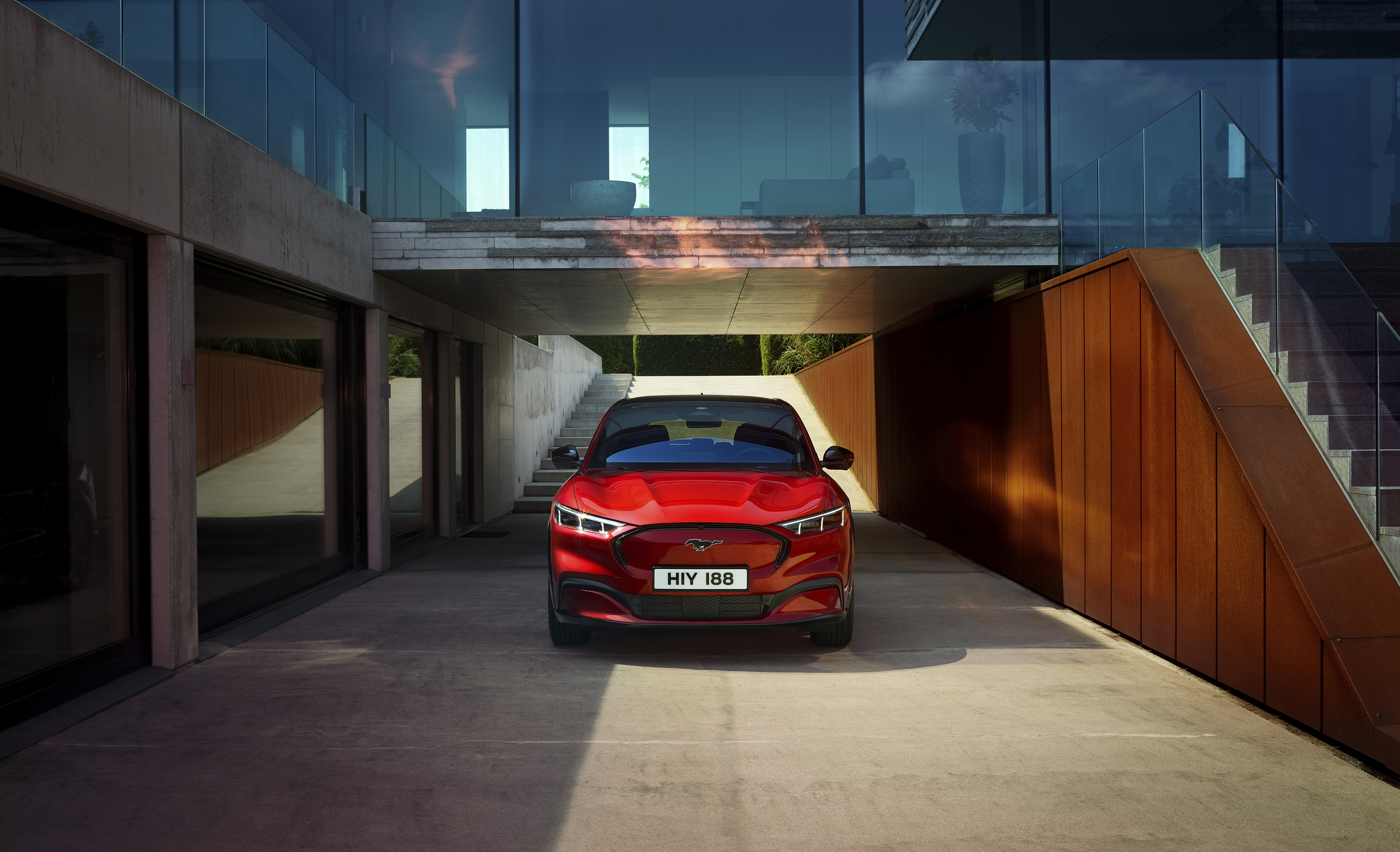
By these metrics, the Mach-E has a fair claim to be the best Mustang ever made. Sacrilege to aficionados, but if truth be told the original wasn’t an especially good car, certainly not by European sporting standards. The Mustang models that followed went through various stages of obesity and decline, before Ford cleaned up its act with the fifth and sixth generations, launched in 2005 and 2015 respectively. The most recent Mustang is pretty good, if you like that sort of thing, but the Mach-E is faster, more spacious, better handling, better equipped, and better looking.
Yes, there are hints of the original's curvaceous flanks and outré muscularity, but the transition into four-door is effective and elegant. The dashboard follows the Tesla model of being based around a big screen, but it's supplemented by a secondary display so doesn't prove too distracting. Space and practicality are well above average, and the longest range option offers over 300 miles, which should leave range anxiety in the dust.
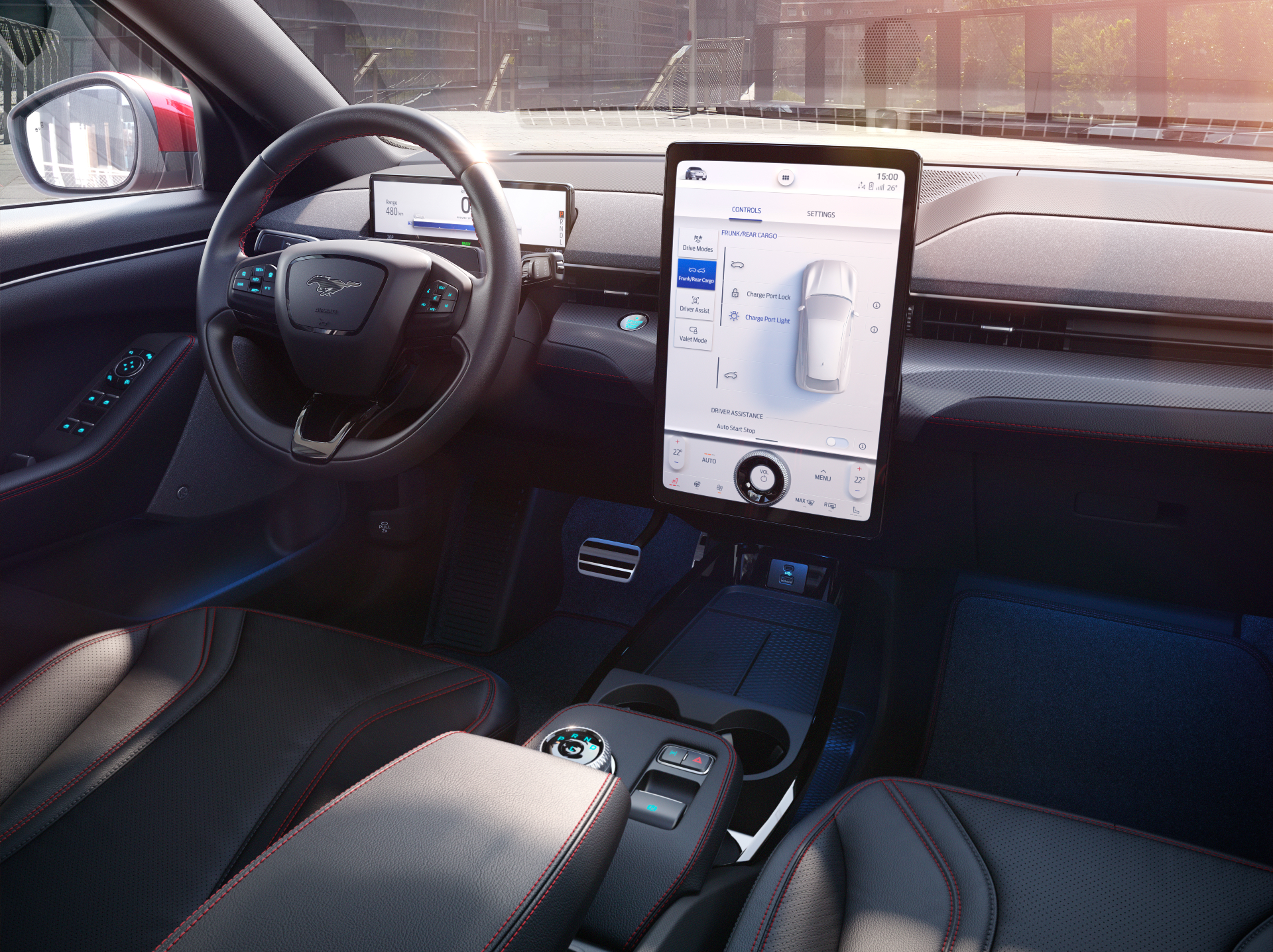
Does this mean that all future EVs from Ford will bear the Mustang name, or is it something reserved for special models? The former is pretty unlikely, given Ford’s global reach and the numerous models and variations it supplies to the various markets around the world.
There are 13 models listed on the company’s UK website, an additional six unique models in the US, unique cars for Chinese and Indian markets, and so on. And that’s before you’ve counted up sub-brands such as Lincoln and the myriad trucks and commercial vehicles that bear the Ford name.
Wallpaper* Newsletter
Receive our daily digest of inspiration, escapism and design stories from around the world direct to your inbox.
Kuga Plug-in hybrid comparison
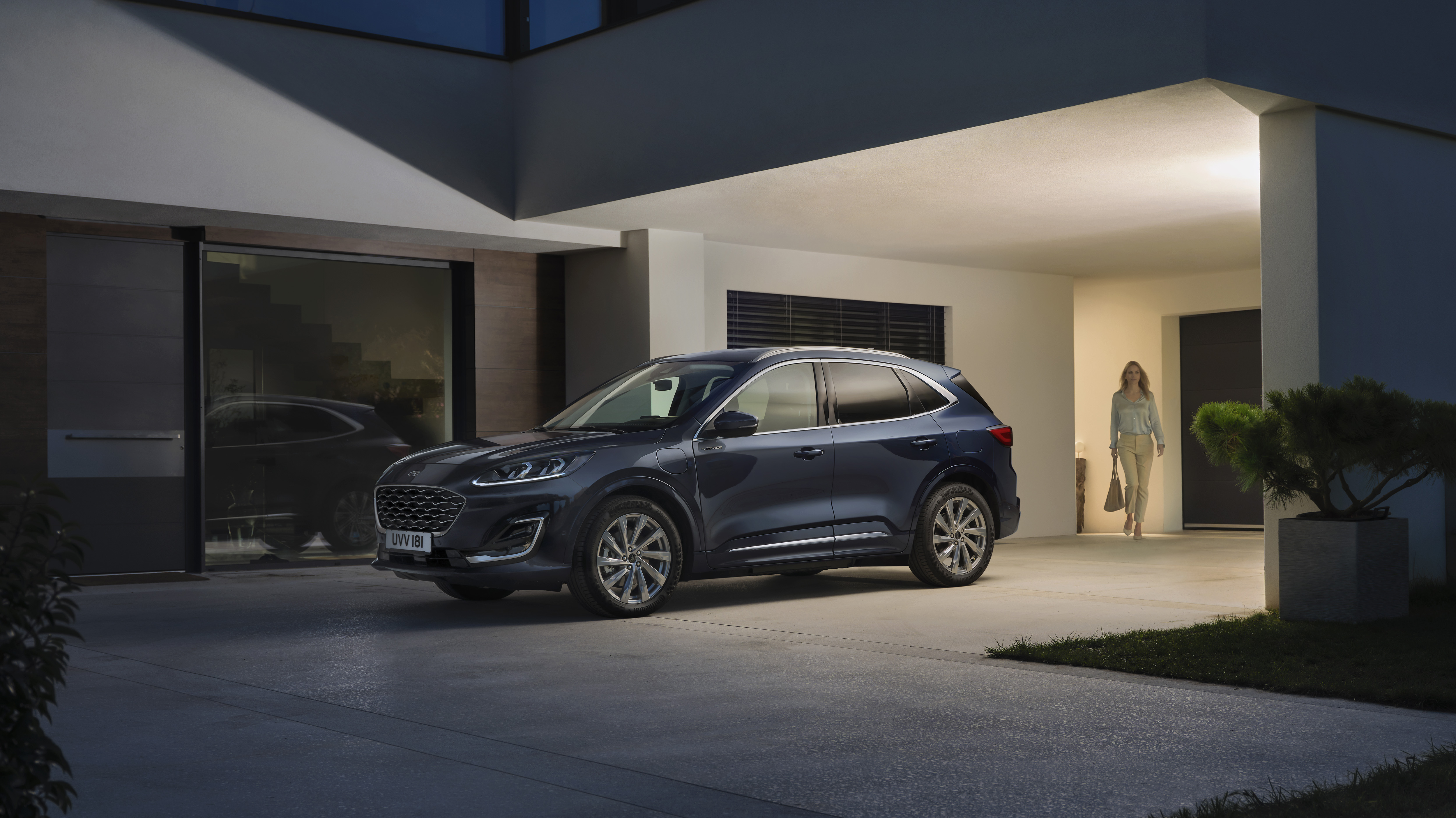
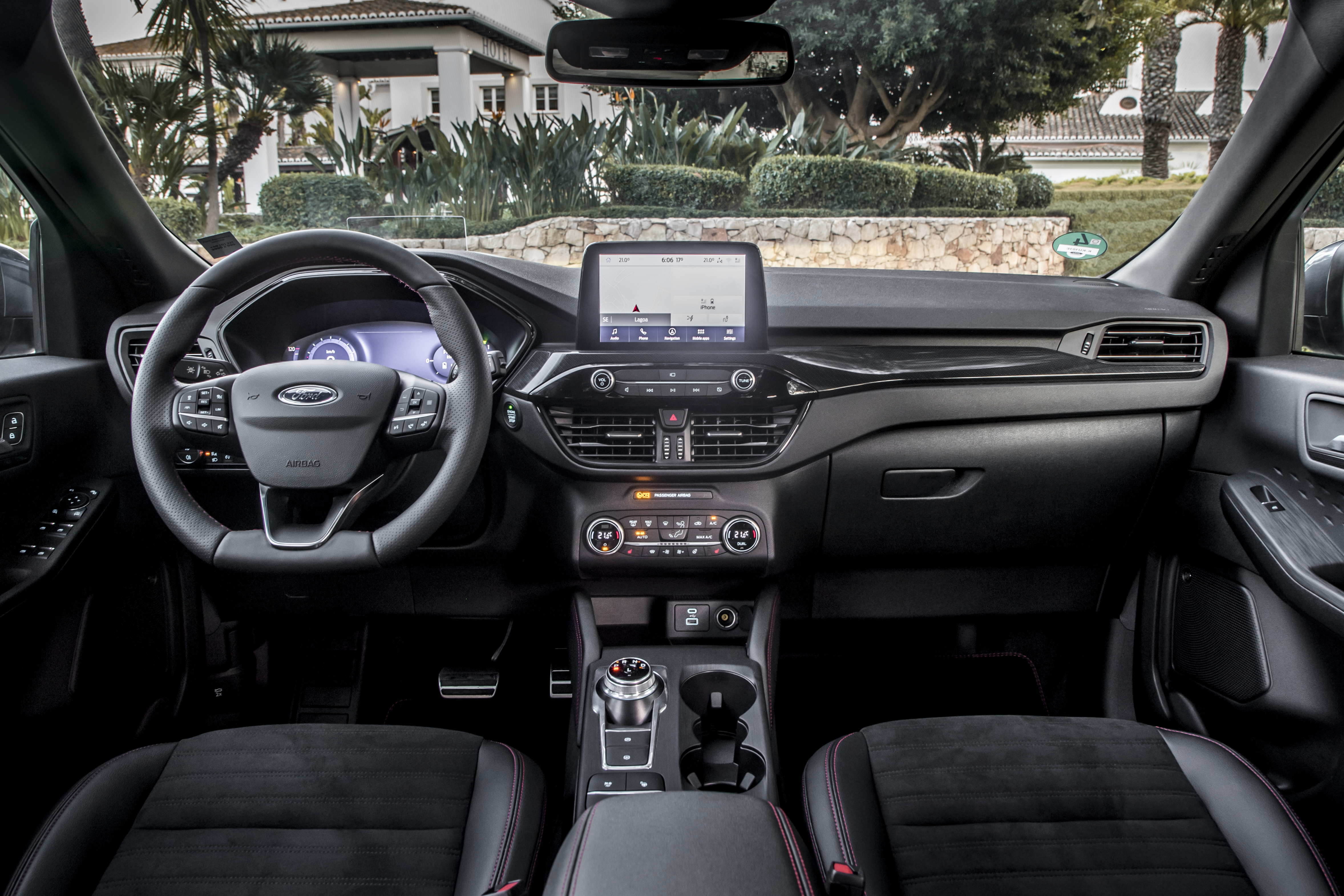
Ford’s Kuga Plug-in hybrid is capable but old-fashioned in comparison with the Mach-E, both inside and out
We also sampled a plug-in hybrid version of the Kuga, the Mach-E’s conventionally powered equivalent. It’s decent enough (and far more affordable than the Mach-E), but the styling smacks of compromise.
For decades, the company’s European design team has run rings around its American counterparts, creating small cars like the Fiesta, Focus and Ka that are smartly packaged and beautifully proportioned. The shift to EV power could re-draw those divisions. The Mach-E was styled in North America but could have more of a global impact than any other American-originated Ford before it.
Ford’s next electric move
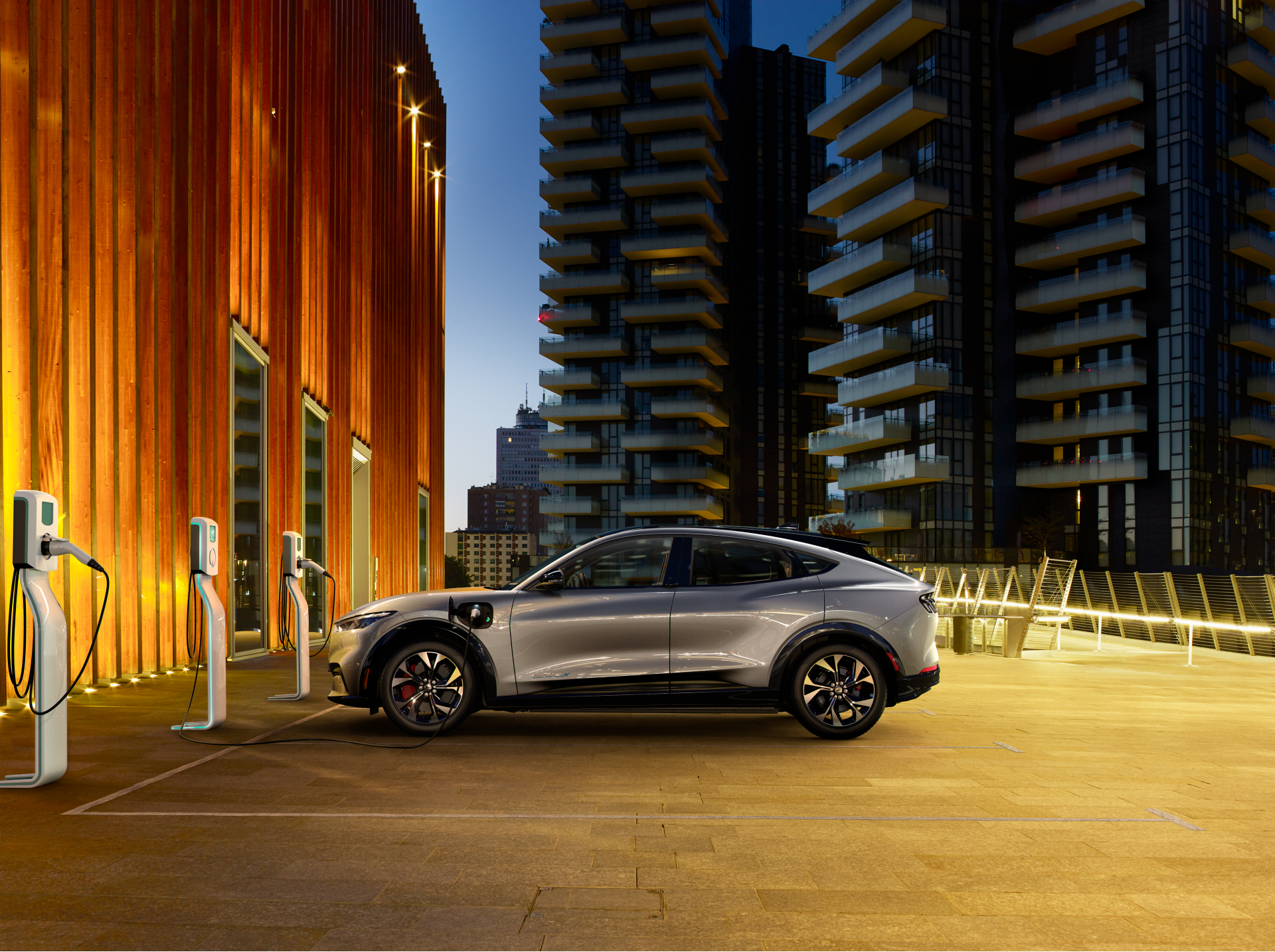
Ford Mustang Mach-E
However, automotive convention is a powerful force. Companies like Tesla, Nio, and Polestar are making a break from the conventional auto dealership model, something that Ford is effectively locked into for the foreseeable future. At the same time, Ford is extremely mindful that what still sells – and makes money – are pick-ups and SUVs. In the US, Ford’s venerable F-Series pick-up truck shifted nearly 800,000 units in 2020. Next year sees the debut of the F-150 Lightning, the company’s first all-electric pick-up truck. At first, it probably won’t sell a fraction of its ICE-powered sibling, but it’s a start.
Ford has also invested $500m in Rivian, the American EV start-up that recently launched its first product, the R1T pick-up. It hopes the agile nature of this start-up will rub off on its more corporate approach, as well as cross-pollinating manufacturing and engineering. Rivian’s R1T is a superbly well-thought-out machine that should do for trucks what the original Tesla did for conventional cars. It’ll be challenged by the GMC Hummer, a radical EV relaunch of the brutish military-inspired brand, and the enigmatic Tesla Cybertruck. However, don't expect these models to make a deep impact amongst America's more conservative auto buyers; this is where Ford’s Lightning aims to strike. Now that will be a culture shift.
INFORMATION
Ford Mustang Mach-E, from £41,330
Jonathan Bell has written for Wallpaper* magazine since 1999, covering everything from architecture and transport design to books, tech and graphic design. He is now the magazine’s Transport and Technology Editor. Jonathan has written and edited 15 books, including Concept Car Design, 21st Century House, and The New Modern House. He is also the host of Wallpaper’s first podcast.
-
 Warp Records announces its first event in over a decade at the Barbican
Warp Records announces its first event in over a decade at the Barbican‘A Warp Happening,' landing 14 June, is guaranteed to be an epic day out
By Tianna Williams
-
 Cure your ‘beauty burnout’ with Kindred Black’s artisanal glassware
Cure your ‘beauty burnout’ with Kindred Black’s artisanal glasswareDoes a cure for ‘beauty burnout’ lie in bespoke design? The founders of Kindred Black think so. Here, they talk Wallpaper* through the brand’s latest made-to-order venture
By India Birgitta Jarvis
-
 The UK AIDS Memorial Quilt will be shown at Tate Modern
The UK AIDS Memorial Quilt will be shown at Tate ModernThe 42-panel quilt, which commemorates those affected by HIV and AIDS, will be displayed in Tate Modern’s Turbine Hall in June 2025
By Anna Solomon
-
 Peugeot’s sparky 308 gets hybrid power and handsome lines
Peugeot’s sparky 308 gets hybrid power and handsome linesThe Peugeot 308 proves that mass-market design needn’t be dull, blending hybrid power with sharp lines and excellent detailing
By Jonathan Bell
-
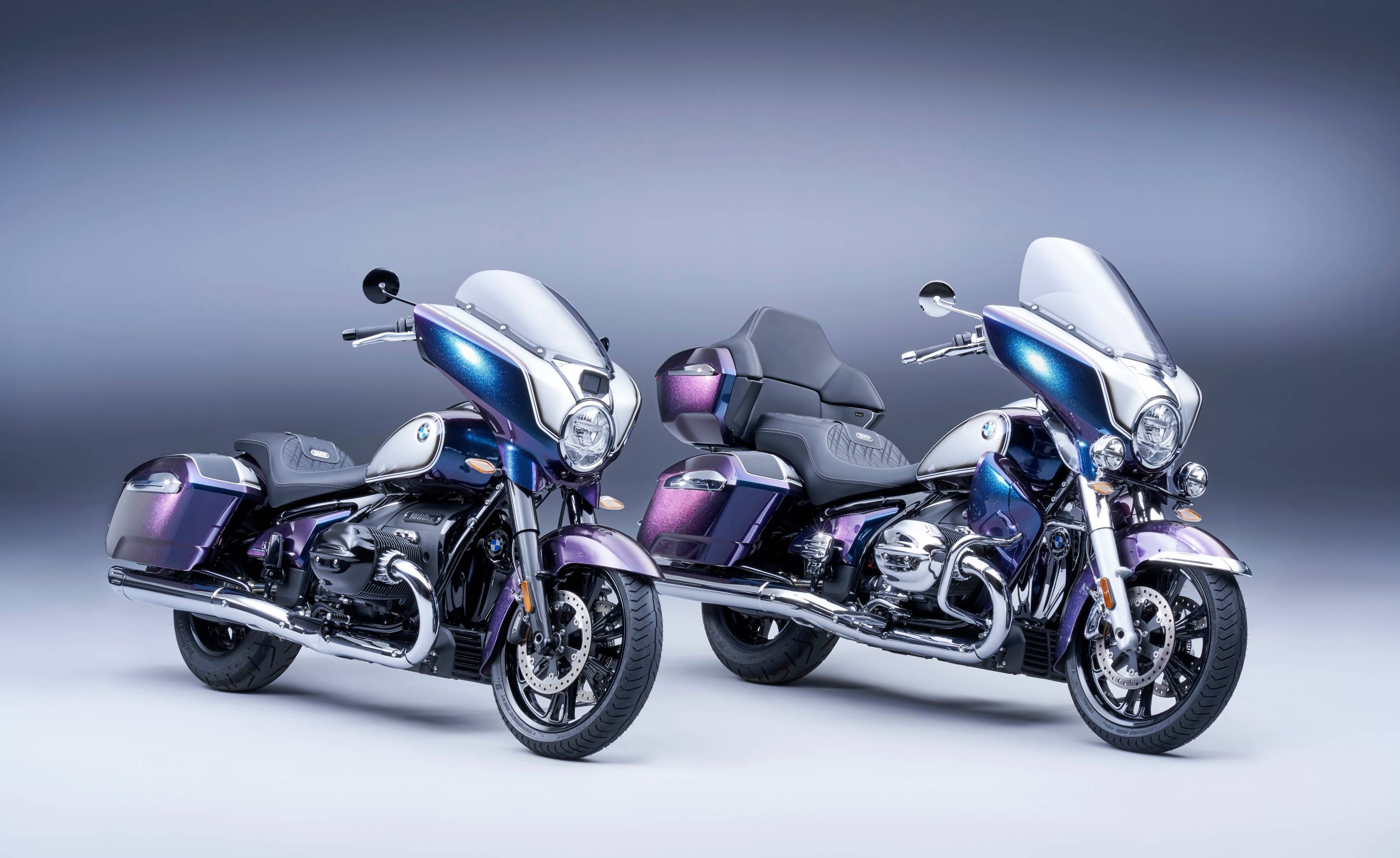 BMW Motorrad brings out the big guns for its newest cruisers
BMW Motorrad brings out the big guns for its newest cruisersBMW Motorrad R 18 Bagger and Transcontinental set the tone for high-voltage cruising with a brand collaboration with speaker specialist Marshall
By George Chapman
-
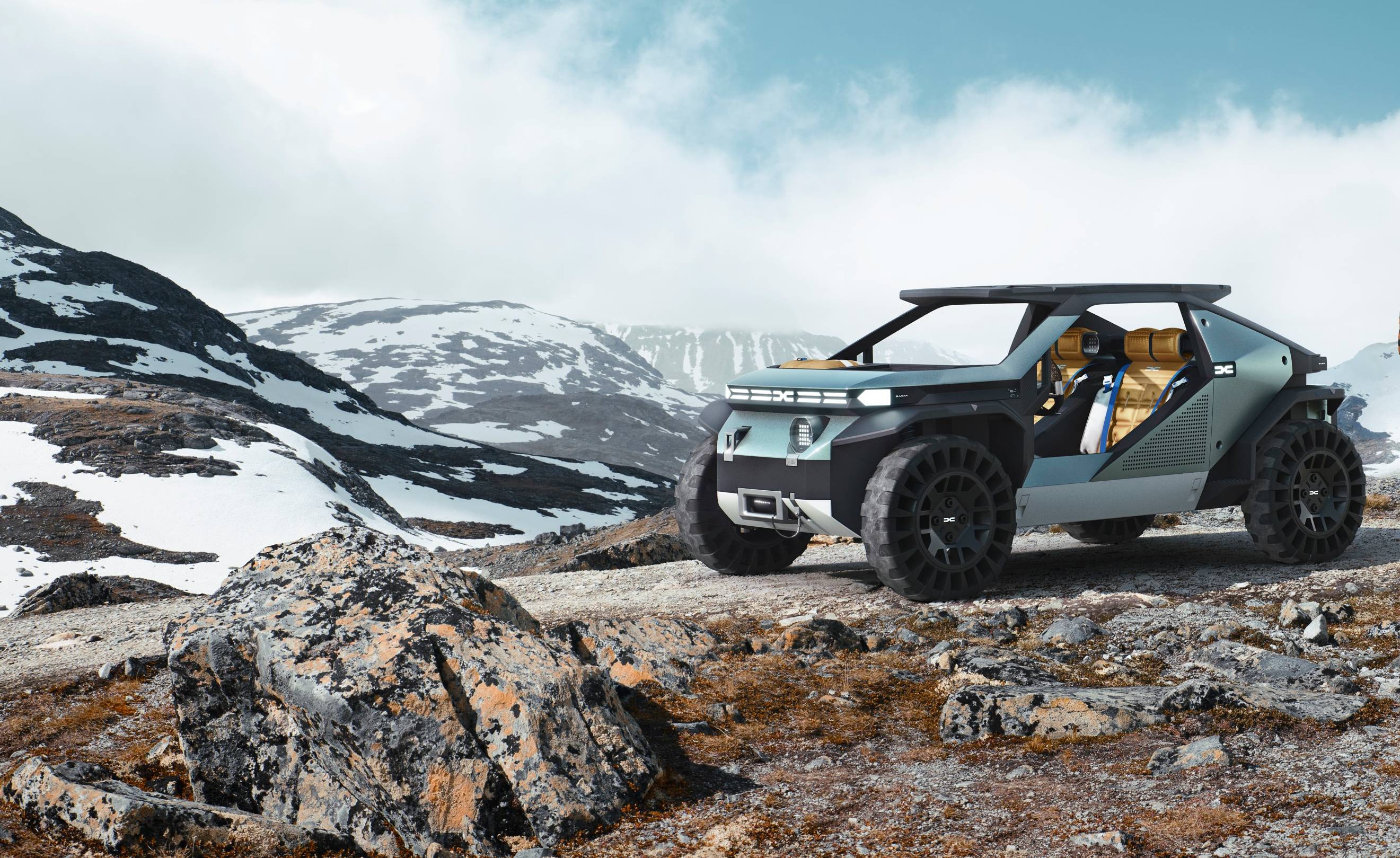 Dacia’s new Manifesto concept is a true outdoor utility vehicle
Dacia’s new Manifesto concept is a true outdoor utility vehicleUtilitarian auto brand Dacia sets a bold new agenda with its Manifesto, a concept car pitched at the active outdoor market
By Jonathan Bell
-
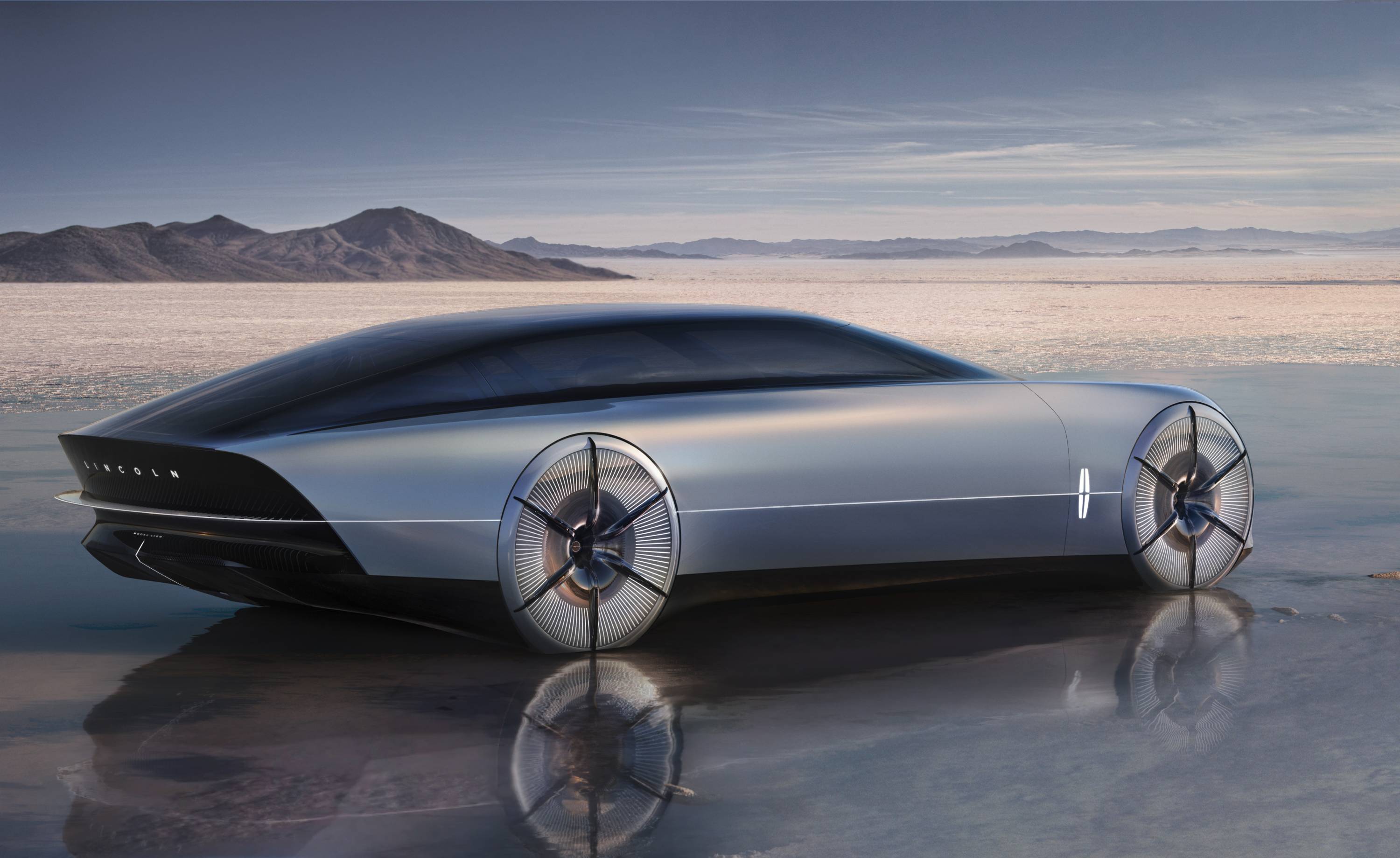 The sun sets on traditional supercars at California’s Monterey Car Week
The sun sets on traditional supercars at California’s Monterey Car WeekMonterey Car Week, the world’s most prestigious car gathering, is showcasing ever-more extravagant special editions, coachbuilt cars and all-new electric concepts. Here are seven key machines from 2022
By Rory FH Smith
-
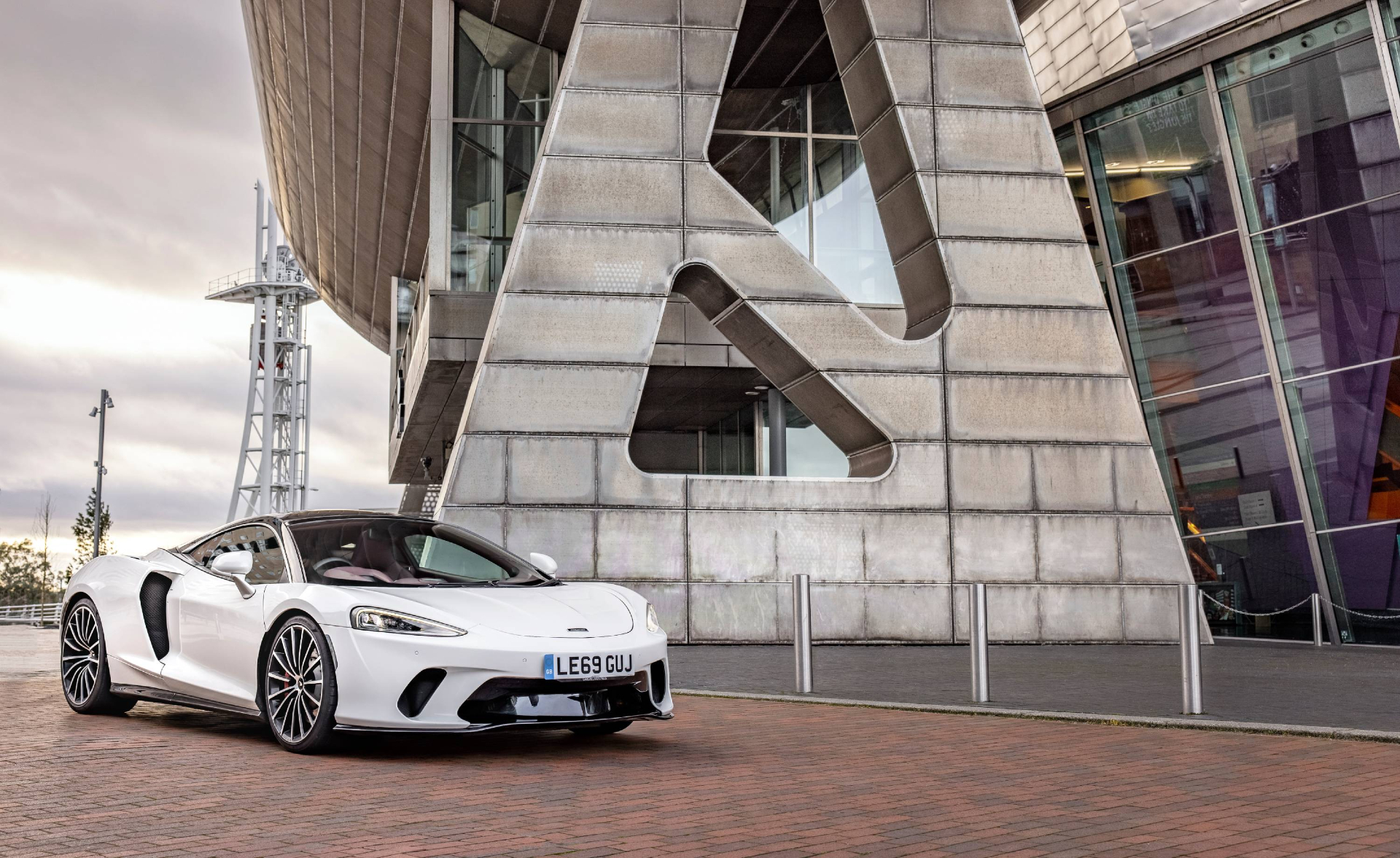 Is McLaren’s GT a sports car, a tourer, or the best of both?
Is McLaren’s GT a sports car, a tourer, or the best of both?The McLaren GT is a capable all-rounder dressed up in svelte supercar clothes. It might also be the last of its type
By Jonathan Bell
-
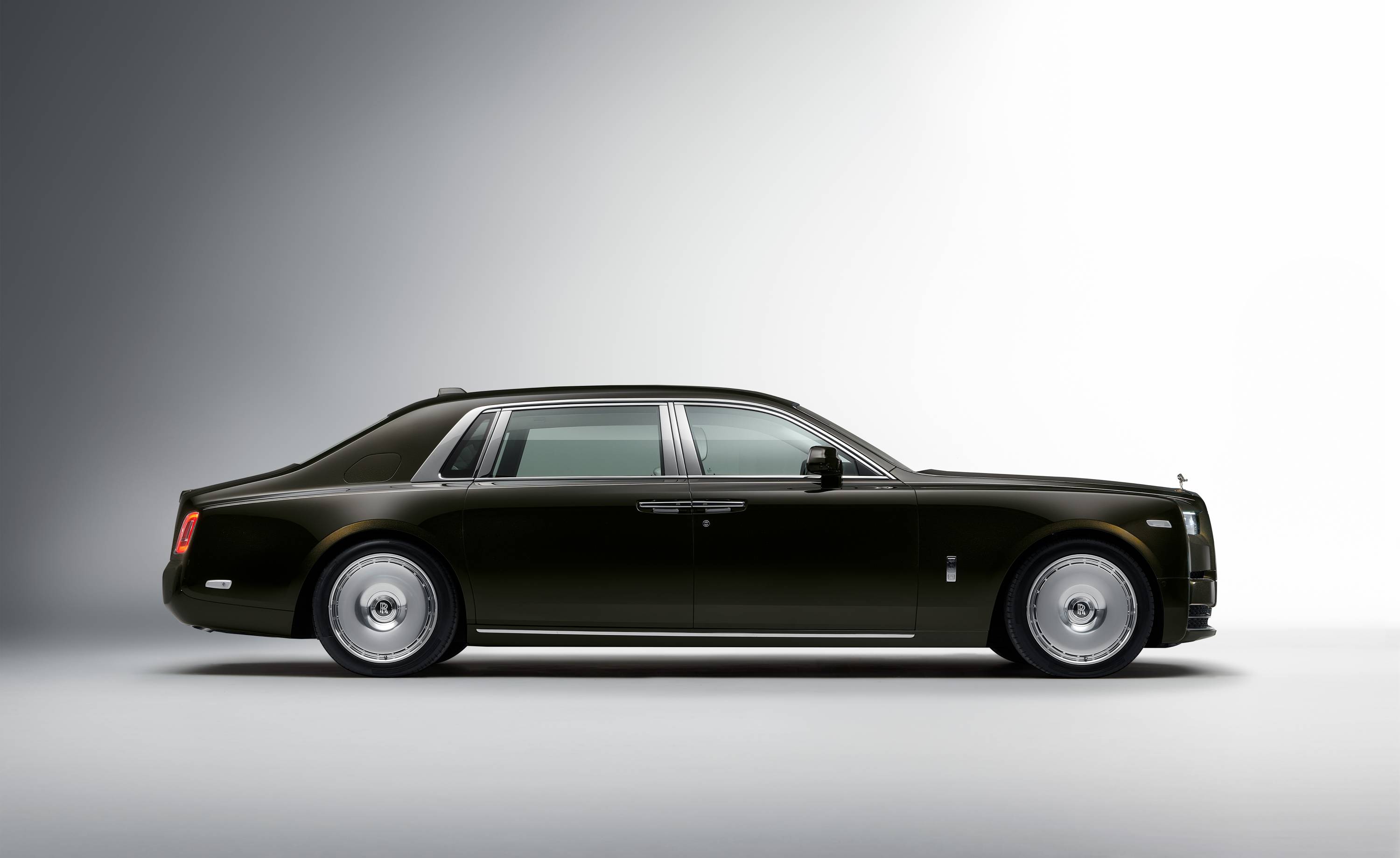 Rolls-Royce puts the Phantom back on its lofty pedestal
Rolls-Royce puts the Phantom back on its lofty pedestalA mid-life refresh ensures the flagship Rolls-Royce Phantom Series II is at the top of its game, a last hurrah for traditional engines before an electrified future
By Jonathan Bell
-
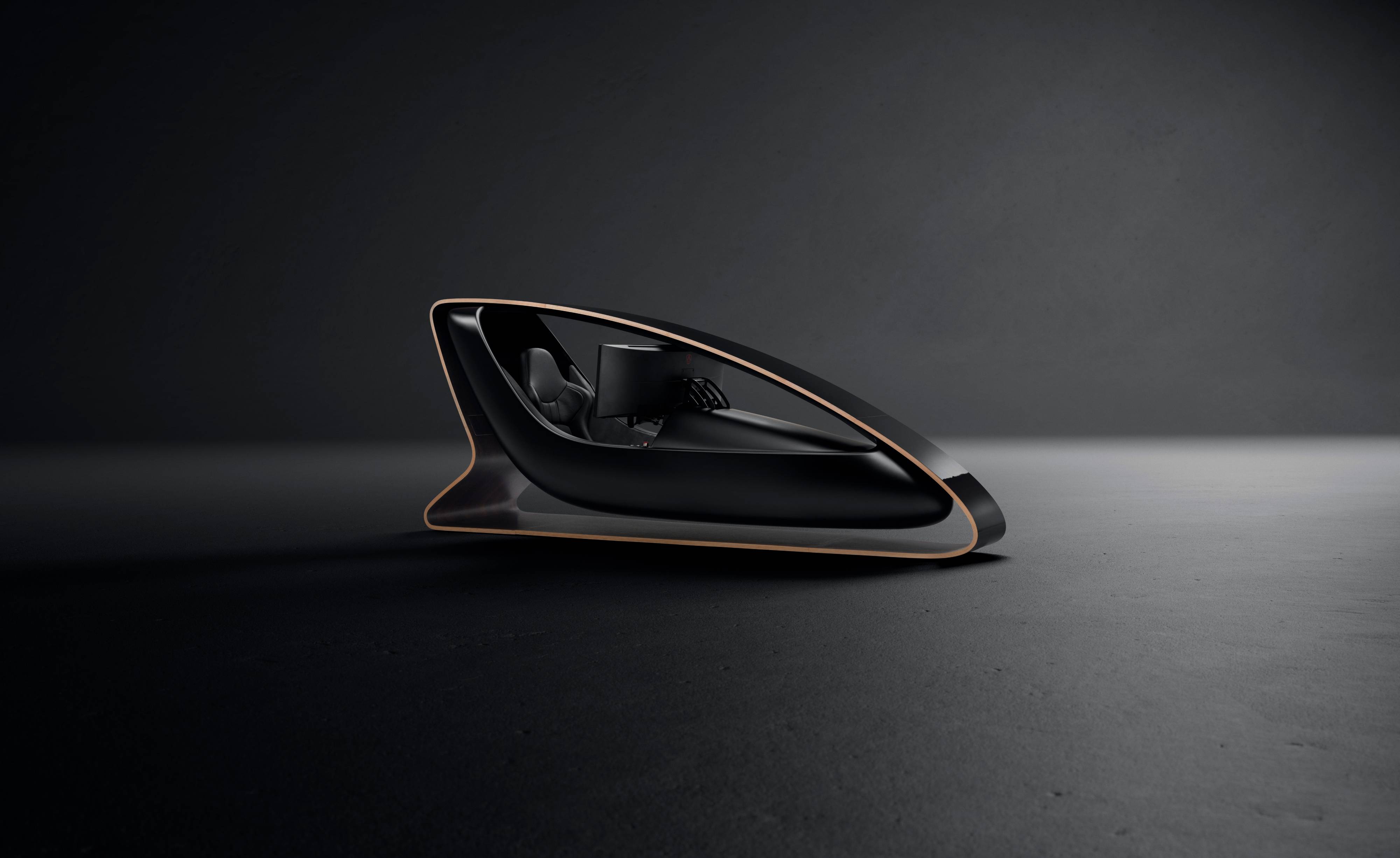 Prodrive’s new racing simulator is shaped by Callum to be front of the grid
Prodrive’s new racing simulator is shaped by Callum to be front of the gridThe racing simulator shapes up – this new design from Prodrive and Callum is honed for the high-end games room
By Jonathan Bell
-
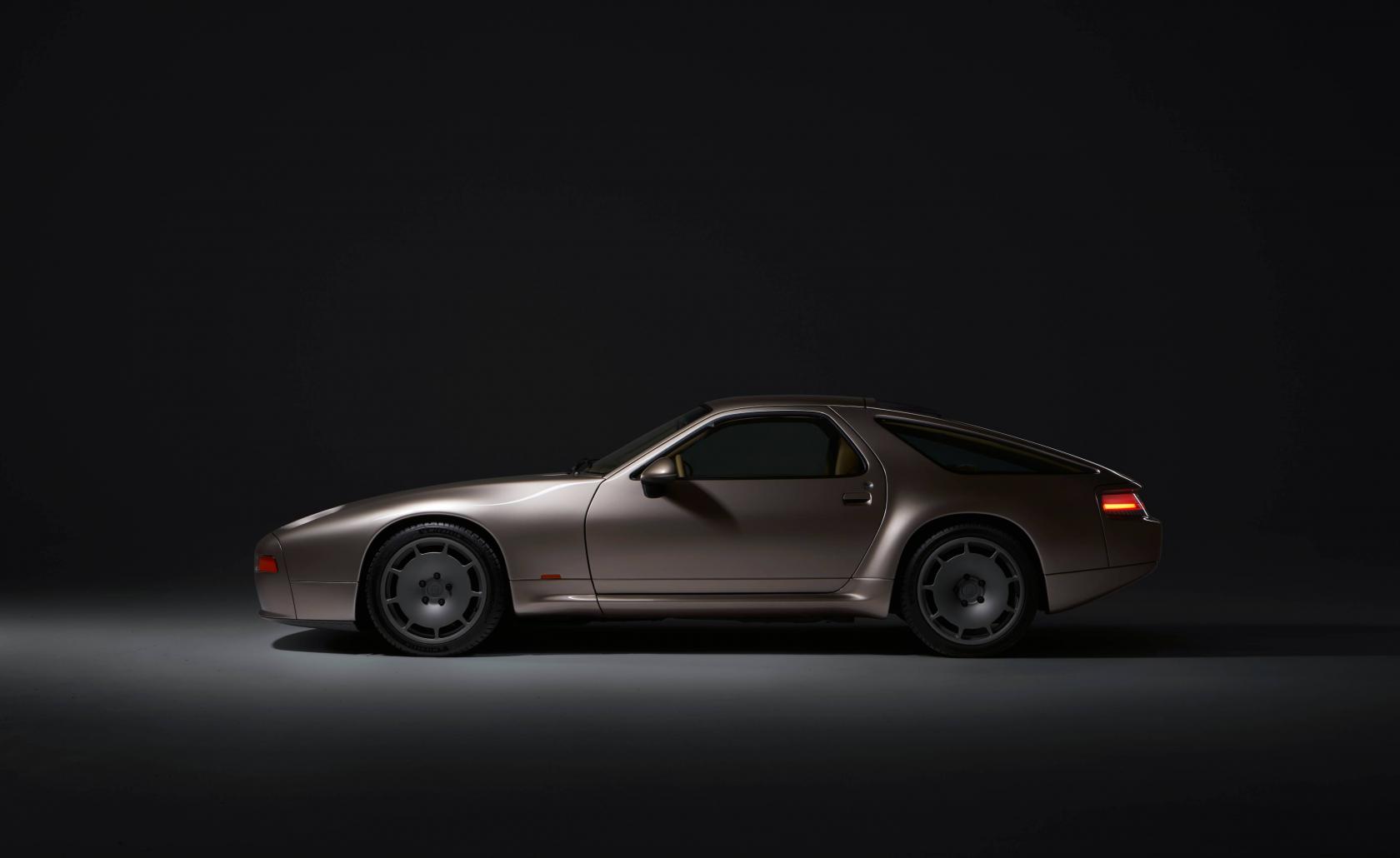 928 by Nardone Automotive: a restomod Porsche with Gallic verve and Italian style
928 by Nardone Automotive: a restomod Porsche with Gallic verve and Italian style928 by Nardone Automotive is a gracefully modernised version of Porsche’s endearingly different 928
By Jonathan Bell